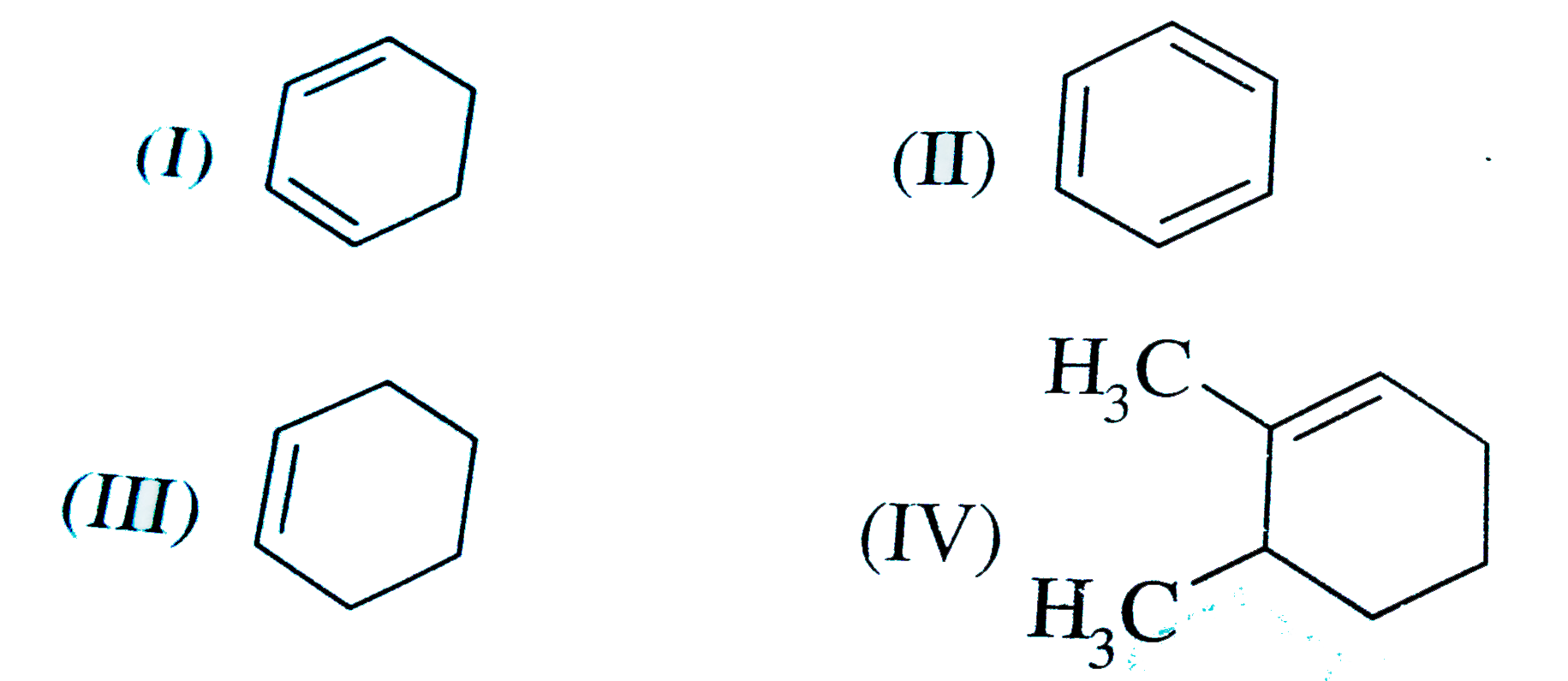Arrange the following in ascending order based upon their molecular weights
A) Nucleotide
B) Phosphate
C) Nucleoside
D) Sugar
A - B - C -D
A - C - D - B
B - D - C - A
A- C- B -D
The correct Answer is:D
To arrange the given biomolecules in ascending order based on their molecular weights, we need to analyze each component:
1. Phosphate (B): Phosphate groups are relatively small molecules. They consist of a phosphorus atom bonded to four oxygen atoms, which gives them a low molecular weight compared to the other options.
2. Sugar (D): Sugars, such as ribose or deoxyribose, are larger than phosphates. They typically consist of several carbon, hydrogen, and oxygen atoms, which increases their molecular weight.
3. Nucleoside (C): A nucleoside is formed by combining a sugar with a nitrogenous base (adenine, guanine, cytosine, or thymine/uracil). The addition of the nitrogenous base increases the molecular weight compared to just the sugar.
4. Nucleotide (A): A nucleotide consists of a nucleoside plus a phosphate group. Since it includes both the sugar and nitrogenous base from the nucleoside, along with the phosphate, it has the highest molecular weight among the options.
Now, we can arrange them in ascending order based on their molecular weights:
1. Phosphate (B) - lowest molecular weight
2. Sugar (D)
3. Nucleoside (C)
4. Nucleotide (A) - highest molecular weight
Thus, the correct order is: B < D < C < A.
Final Answer:
B (Phosphate) < D (Sugar) < C (Nucleoside) < A (Nucleotide)
2. Sugar (D)
3. Nucleoside (C)
4. Nucleotide (A) - highest molecular weight
B (Phosphate) < D (Sugar) < C (Nucleoside) < A (Nucleotide)
Topper's Solved these Questions
- BOOK - AAKASH SERIESCHAPTER - BIOMOLECULESEXERCISE - EXERCISE - II (Enzymes)12videos
BIOMOLECULES
- BOOK - AAKASH SERIESCHAPTER - BIOMOLECULESEXERCISE - EXERCISE - III (Previous AIPMT/NEET Questions)84videos
BIOMOLECULES
- BOOK - AAKASH SERIESCHAPTER - BIOMOLECULESEXERCISE - EXERCISE - II (Lipids)18videos
BIOMOLECULES
- BOOK - AAKASH SERIESCHAPTER - BIOLOGICAL CLASSIFICATIONEXERCISE - EXERCISE-III (Previous AIPMT/NEET Question)37videos
BIOLOGICAL CLASSIFICATION
- BOOK - AAKASH SERIESCHAPTER - CELL CYCLE AND CELL DIVISIONEXERCISE - Exercise-III18videos
CELL CYCLE AND CELL DIVISION
Similar Questions
Arrange the following in decreasing order of their C=C bond length
 View Solution
View SolutionArrange the following in the ascending order based on their chromosome number (i) Primary endosperm cell of Maize (ii) Meristematic cell of Apple (iii) Xylem parenchyma cell of Potato (iv) Aleurone layer cell of Rice.
View SolutionArrange the following cells in an ascending order based on their size.
i) Mycoplasma ii) Ostrich egg
iii) Human RBC iv) BacteriumView SolutionArrange the following fractions in ascending order 58,56,74,35
View SolutionArrange the following fractions in ascending order 58,56,74,35.
View SolutionArrange the following fractions in ascending order :
512,14,78,56View SolutionArrange the following in ascending manner basing on their life span
(a) Carrot (b) Wolffia (c ) Rosa plant (d) Pinus plantView SolutionArrange the following in ascending order based on their solute concentration CellWater Potential (KPa)Pressure Potential(KPa)(a)−590320(b)−368623(c)−292412(d)−481146
View SolutionArrange the following ratios in ascending order. (3:8). (5:9). (13:36)
View SolutionArrange the following in decreasing order based on the results obtained in the F2 progeny of dihybrid cross
(a) Total number of parental genotype
(b) Total number of recombinant genotypes
( c) Total phenotypes
(d) Total genotypesView Solution

